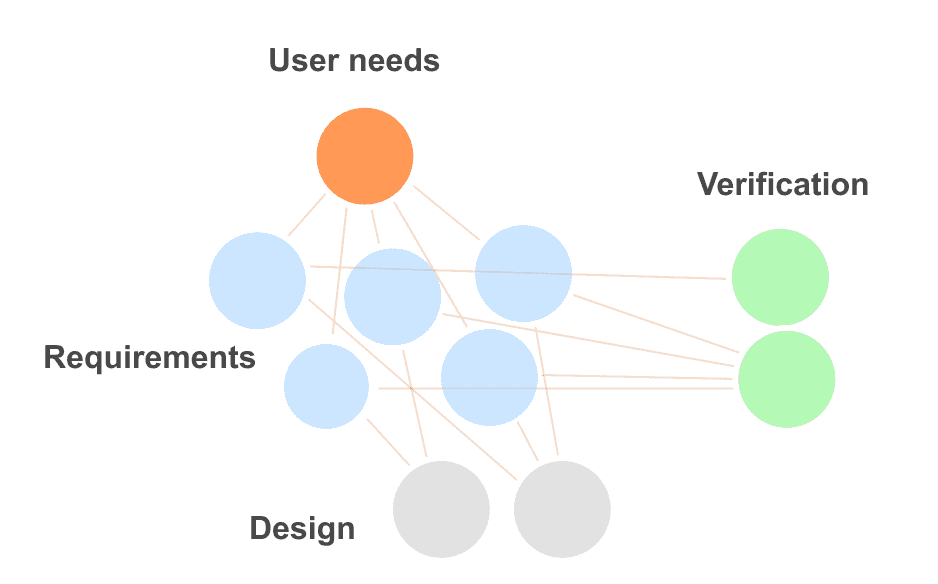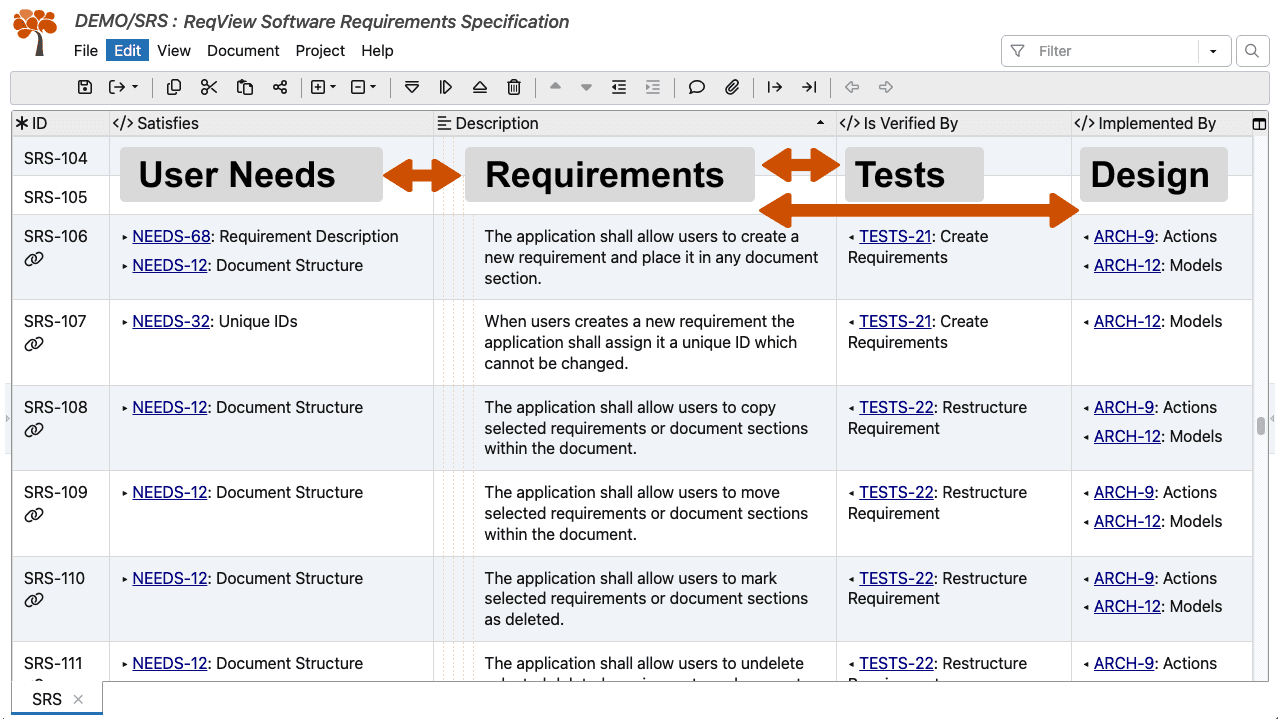MMID Story: Sharing Engineering Knowledge for Safer Medical Products
Oscar shares interesting insights about MMID transition from Word and Excel to a requirements management tool. Follow his quest for an effective solution to capturing and sharing product engineering knowledge.
MMID: Developing Products That People Like
MMID is an integrated product development agency based in the Netherlands, Germany and the USA with renowned clients such as Nefit Bosch, B. Braun, Miele, Phillips-Medisize, and Zeiss. MMID portfolio spans a wide range of products for building, medical, laboratory, and safety industries. These are sectors where precision, safety, and adherence to regulations are non-negotiable.
Oscar, a senior specialist designer at MMID with over 25 years of experience, knows the importance of effective documentation to communicate and share the intricate logic behind design. He shares with us in a short video his insights why requirements management is crucial for well being of designers and engineers.
Designer's Journey to Requirements Management
Oscar has been searching for years for a pragmatic documentation approach for sharing the logical design engineering thinking in a nice way with the team to increase grip on design quality.
His quest led him through various methods, from a combination of Word, Excel, and PowerPoint to mind-mapping tools. However, none of these tools offered the perfect blend of accuracy and manageability.
However, a turning point arrived when a client suggested using an easy-to-use and affordable requirements management tool. This is where ReqView entered the scene, bringing a breath of fresh air to the documentation process.
I looked around for the available software and fell in love with ReqView. It’s friendly-and-simple setup has a really good fit with our down-to-earth daily work, and ReqView provides fantastic support.
How to Organize Product Knowledge
To meet the intricate demands of medical product development, Oscar needed a way to capture and trace all design information, from user needs and safety risks to requirements, verification, and final design. Linear or tree structures like documents, spreadsheets, or mind maps could not capture all complex relations. He realized that he must organize product knowledge in a network-like manner.
The network structure is not just effectively linking design information that becomes available in a design team, this network structure matches your inner/personal thinking!
Engineering Knowledge Graph:

Consistent linking of engineering knowledge is essential for change impact analysis or for understanding the purpose of design. It enables any team member to answer questions easily:
- How does product design address user needs?
- What will be the impact on product design when a user need is changed?
- Which user needs a specific design aspect solves? Why is the product designed this way?
- What will be the impact on product user needs when a specific design aspect is changed?
- How does product design mitigate a safety risk?
Why Designers Need Requirements Management Tool
The next Oscar’s insight was a profound one: he needs a tool to store and share engineering knowledge effectively. Even the most talented engineers can become overwhelmed if they attempt to keep every aspect of product design solely in their minds.
If your brain is stuffed with network-like meaningful design and engineering knowledge, and you are NOT able to store and share it effectively by lack of an effective tool... what can happen?
When an important aspect is missed, the product lacks quality, cannot be certified and becomes a risk for end users.
How to Share Engineering Knowledge in ReqView
Oscar solved these problems by ReqView requirements management tool. ReqView simplifies management of requirements, risks, tests, design, and linking all related information throughout the entire development process. It stores engineering knowledge in a single source of truth and facilitates effective sharing of information within a team. Browsing the knowledge network graph is as intuitive as browsing the Internet. The whole context of product design can be easily understood by customization of traceability matrix views:

To learn more, see our blog post Requirements Traceability Matrix (RTM) for Systems Engineers.
Summary
Oscar offers a glimpse into how MMID product design teams manage and share engineering knowledge to develop high quality products. His insights underscore the benefits of using requirements management tools, specifically ReqView. He found such tools to be essential for well-being of designers and engineers, and ultimately, the safety of end-users.
Learn More
- ReqView Blog: Manage Requirements Better Than in Excel
- ReqView Blog: Requirements Traceability Matrix (RTM) for Systems Engineers
- ReqView Blog: How to Analyze Requirements Traceability in Neo4j Graph
Do you design medical products and need to share engineering knowledge?
FREE TRIAL DOWNLOADFind out how ReqView can help to manage end-to-end traceability between requirements and design.